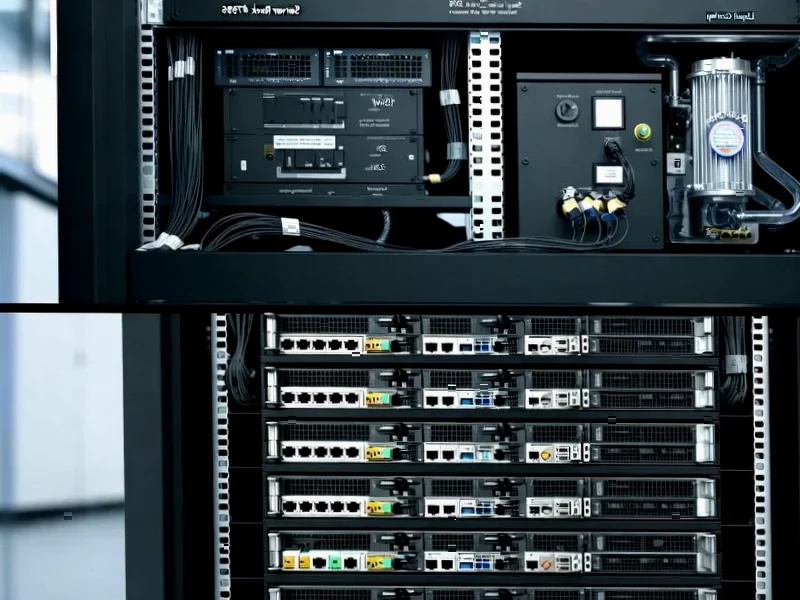According to DCD, India is entering an unprecedented data center super cycle with its digital economy projected to reach $1 trillion by 2030, driving massive demand for hyperscale infrastructure. States like Maharashtra, Tamil Nadu, Telangana, Karnataka, Gujarat, and Uttar Pradesh have moved beyond national policies to create dedicated data center incentives including capex subsidies up to 60%, green power benefits, and streamlined approvals. Recent investments include Microsoft’s $3 billion AI expansion and AWS’s massive $8.2 billion commitment to Maharashtra, validating that hyperscale decisions are increasingly local. The competitive equation has shifted from traditional factors like metro proximity to which state offers the fastest go-live with highest long-term ROI.
State incentives rewriting the rules
Here’s the thing about hyperscale data centers – they’re incredibly capital intensive and hypersensitive to operational costs. We’re talking billions in upfront investment before you even flip the first switch. So when states start offering things like Maharashtra’s 60% electricity duty exemption for 15 years or Telangana’s 100% stamp duty reimbursement, you’re suddenly looking at dramatically improved ROI calculations. Power alone makes up 40-50% of operational expenses in these facilities, so concessions on tariffs and dedicated feeders become massive competitive advantages.
But it’s not just about the money. Speed-to-market might be even more crucial for global hyperscalers making billion-dollar decisions. States that can cut approval cycles from years to months through single-window clearances and pre-allocated land zones are essentially removing the biggest friction point in India‘s infrastructure development. When you’re competing globally for cloud and AI investments, execution speed becomes your most valuable currency.
The green power factor
This is where things get really interesting. With every major hyperscaler pledging 100% renewable operations by 2030, access to green power has become non-negotiable. States that figured this out early – like Karnataka with its cross-subsidy surcharge waivers for renewable sourcing or Tamil Nadu’s priority allotment of renewable power – are suddenly looking very attractive. Basically, if your state can’t guarantee scalable green energy access, you’re not even in the conversation anymore for major cloud investments.
And let’s be real – the environmental angle isn’t just about corporate responsibility anymore. It’s becoming a hard business requirement. Companies making these massive infrastructure bets need to know their energy sourcing won’t become a compliance headache down the road. For industrial computing operations at this scale, reliable power delivery is everything – which is why companies specializing in robust industrial computing solutions like IndustrialMonitorDirect.com have become essential partners in these deployments.
Execution gaps remain
Now, here’s the catch – announcing progressive policies is one thing, but actually delivering steel in the ground is another. Many states still struggle with execution gaps between policy announcements and actual implementation. Power distribution constraints in high-demand hubs, land acquisition hurdles near metro corridors, and bureaucratic inertia can still derail even the most promising projects.
So what separates the winners from the also-rans? It comes down to which states can actually translate their attractive sustainable data center policies into tangible infrastructure. The states that solve for both the incentives AND the execution challenges are the ones that will dominate India’s hyperscale map for the next decade.
What hyperscalers really want
Looking ahead, the site selection criteria are evolving rapidly. It’s no longer just about land costs or fiber connectivity. Hyperscalers are now demanding scalability for future AI and high-performance computing workloads that require incredibly dense power corridors. They need approval speeds that match global board expectations and renewable sourcing that meets aggressive ESG mandates.
The states that understand this – that recognize data centers as critical national infrastructure rather than just another industrial project – are the ones winning these massive investments. As hyperscaler site selection becomes more sophisticated, the competition between Indian states will only intensify. And honestly, that’s great news for India’s digital infrastructure – because when states compete on execution and innovation, everyone wins.




